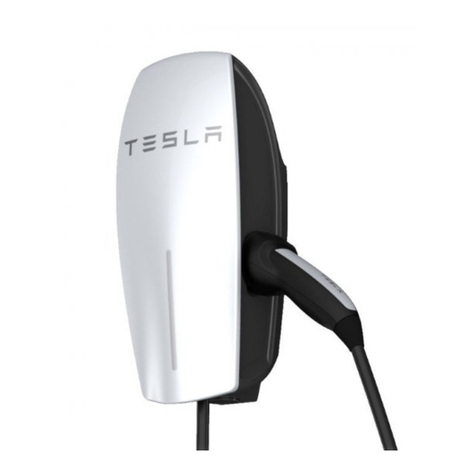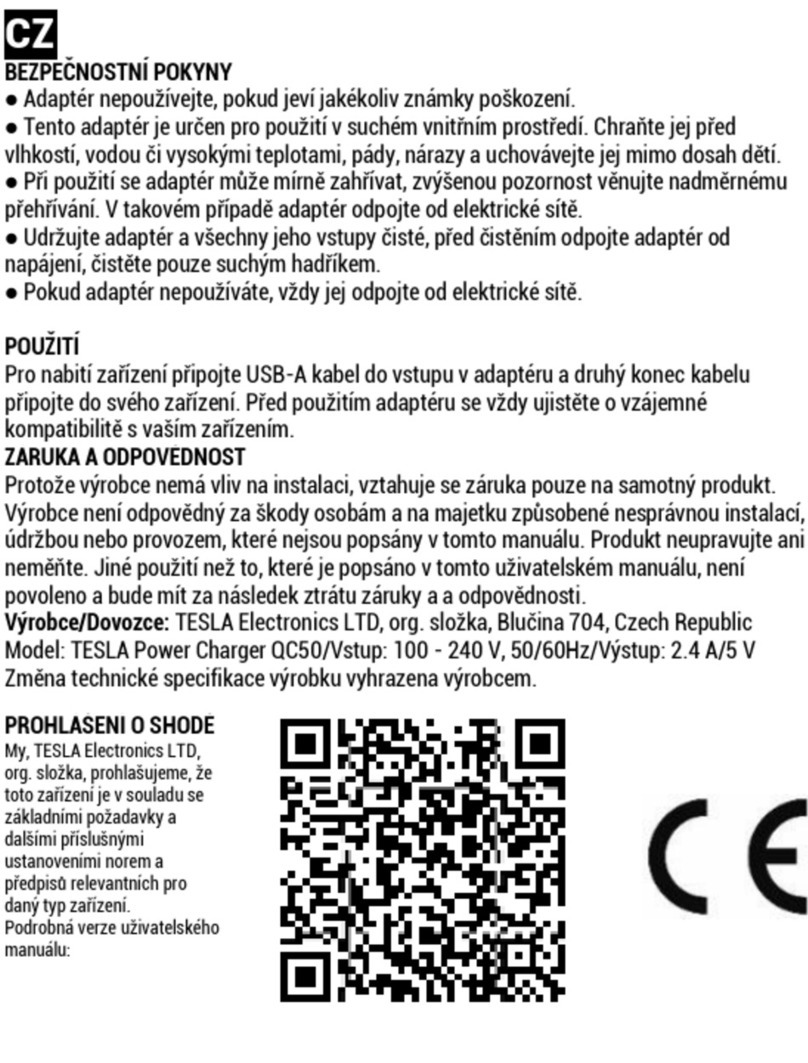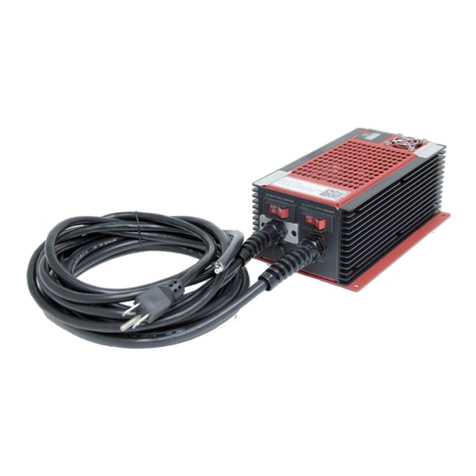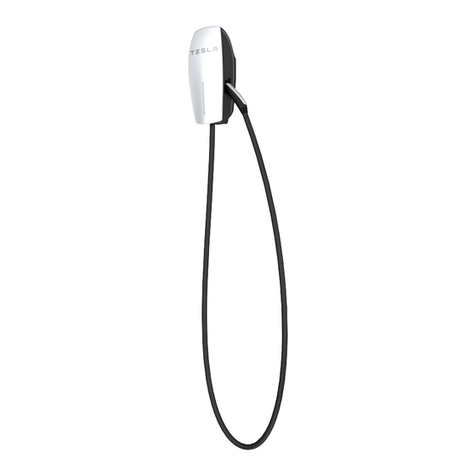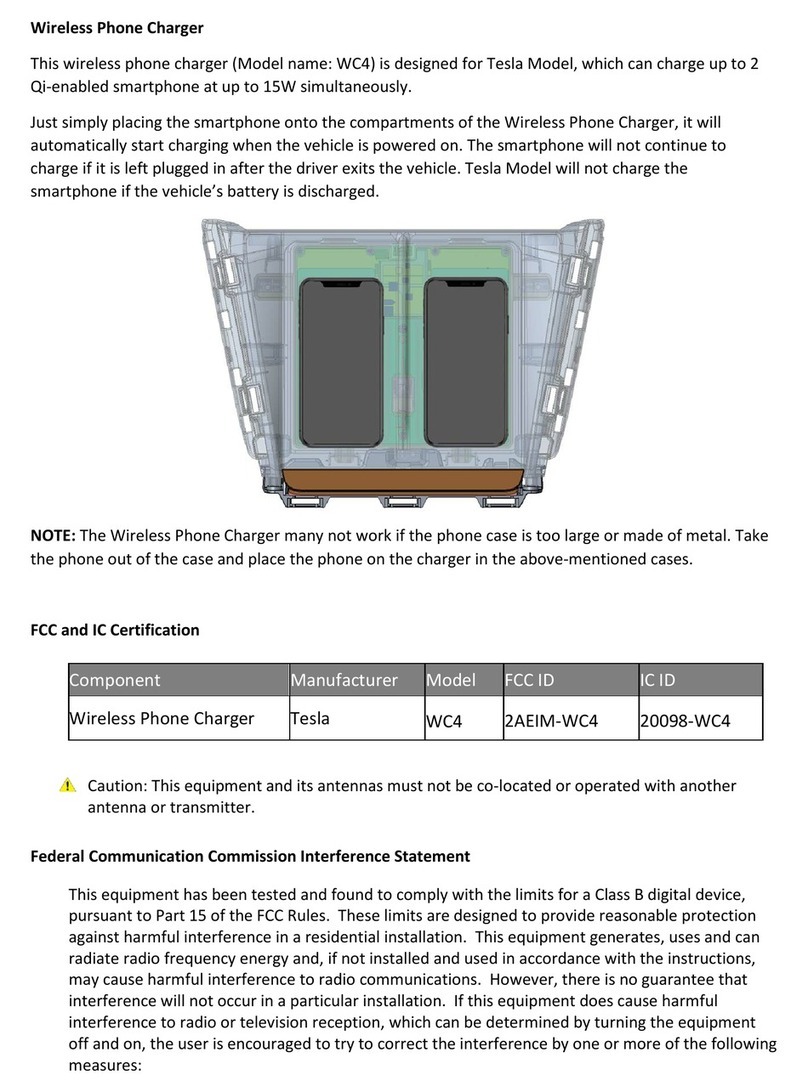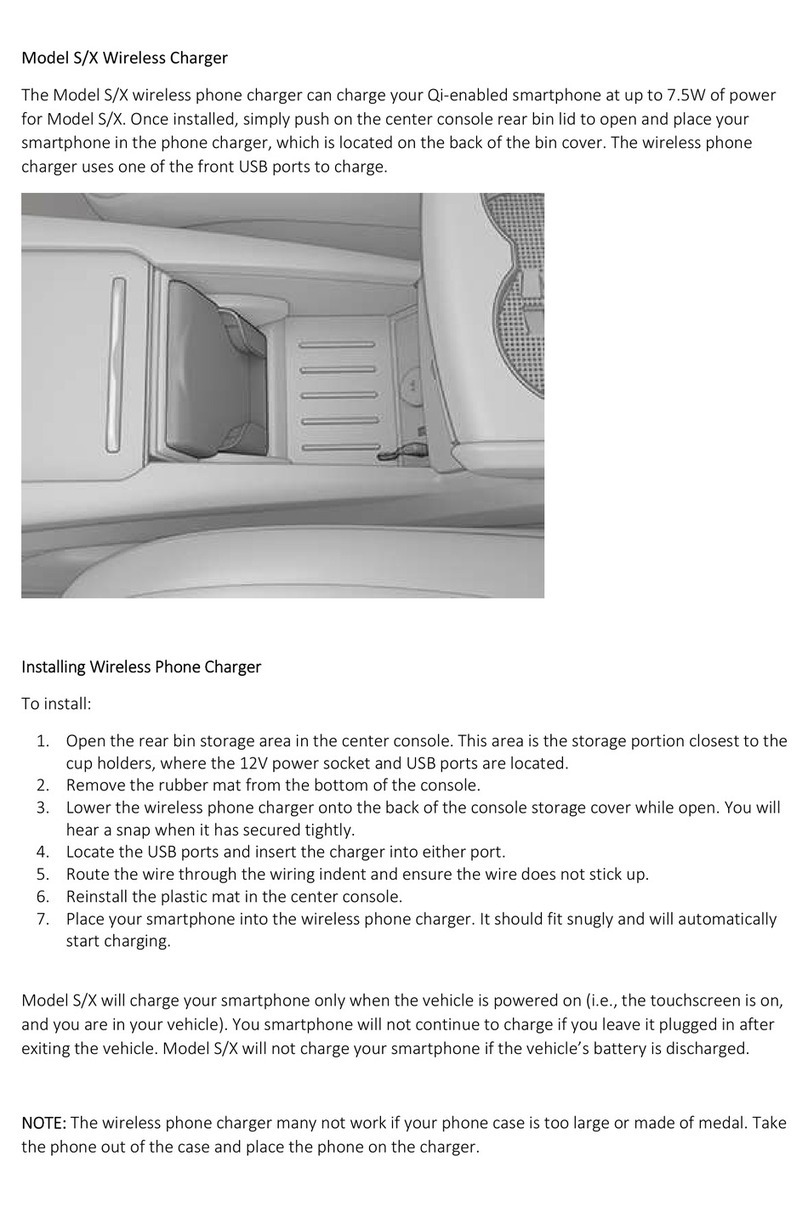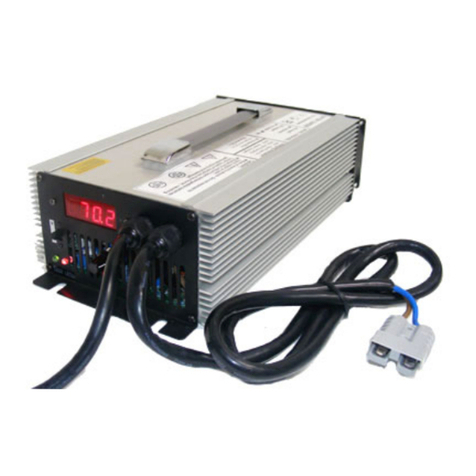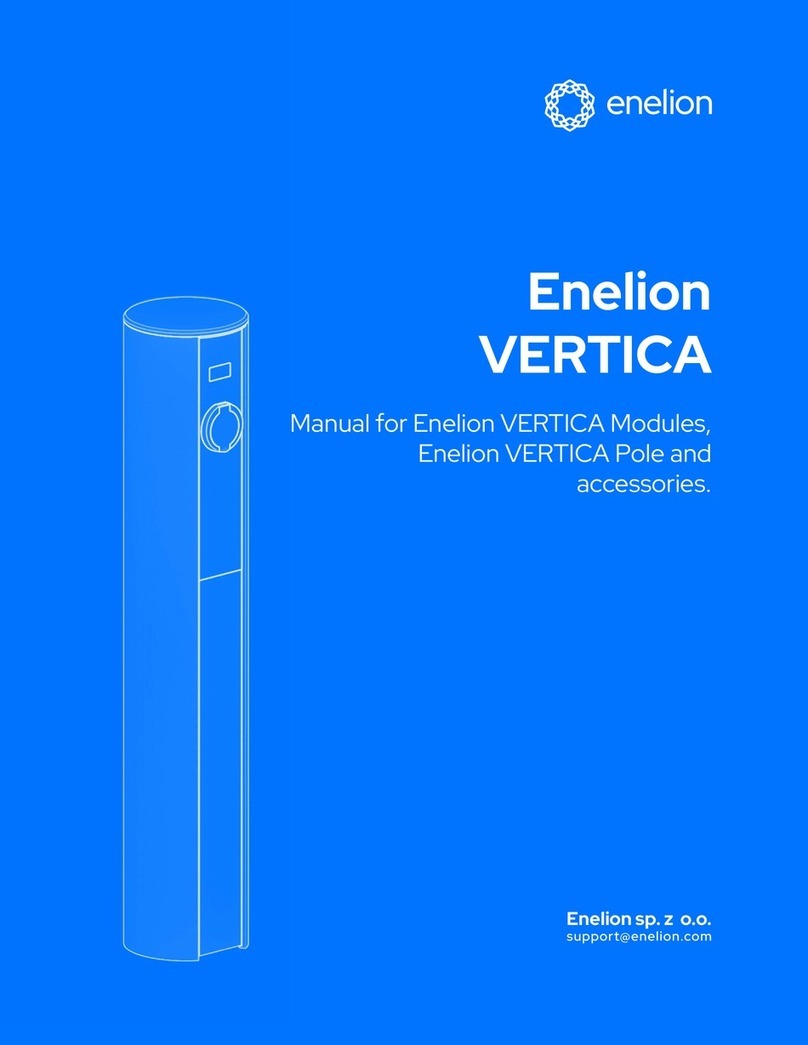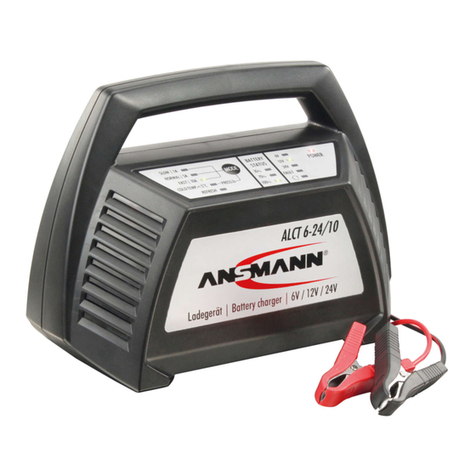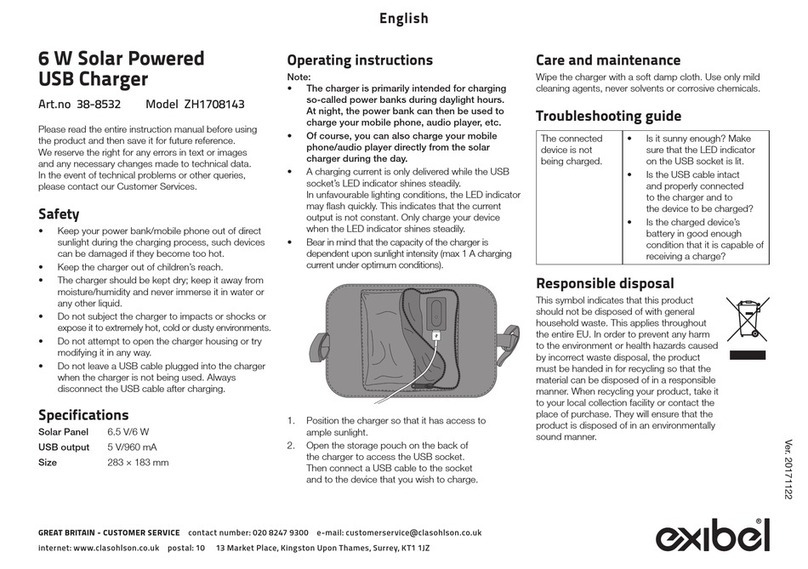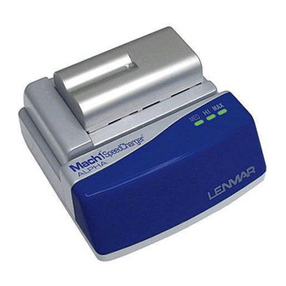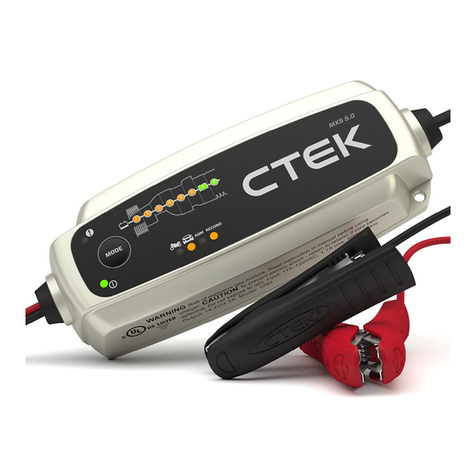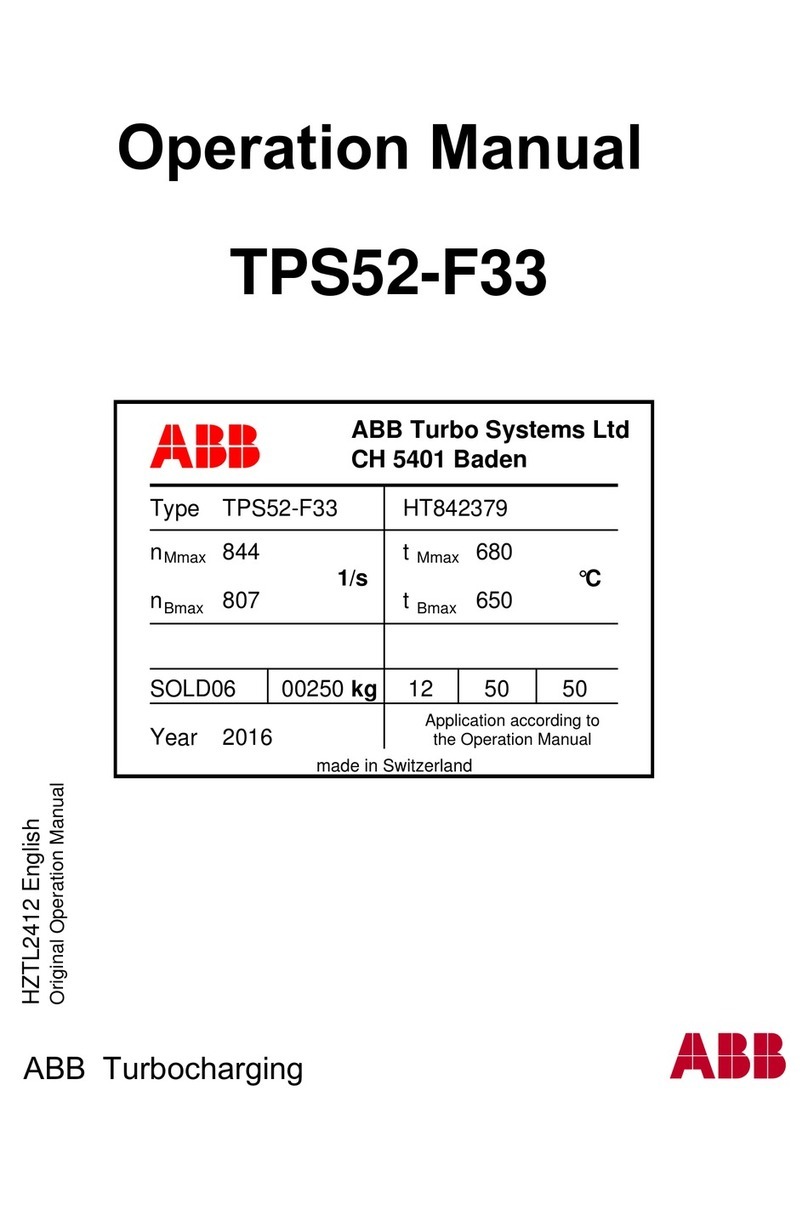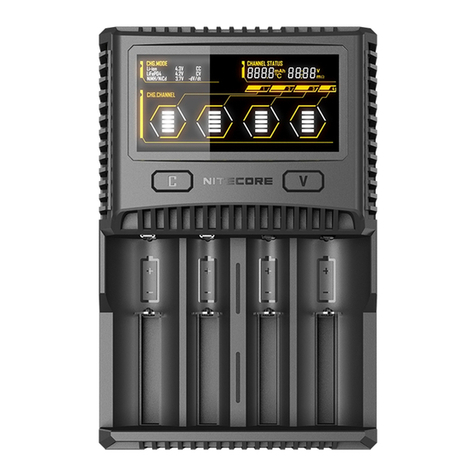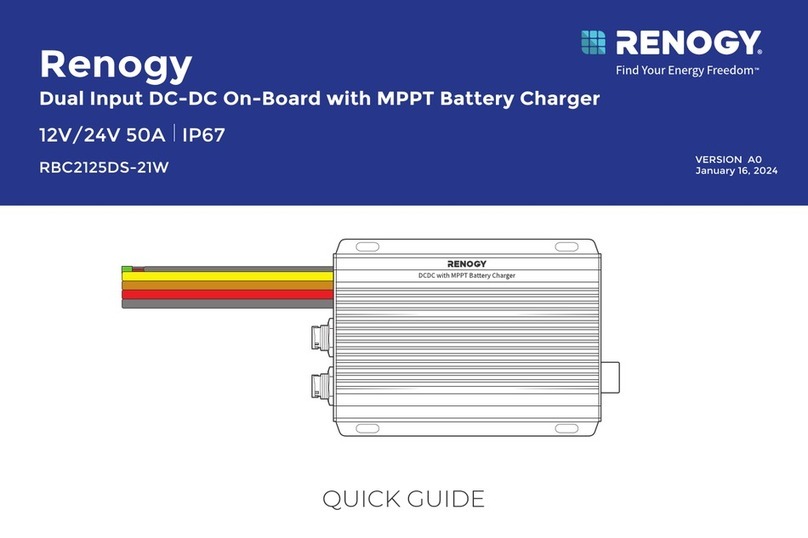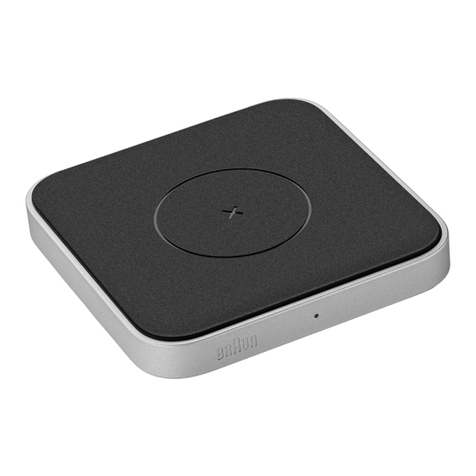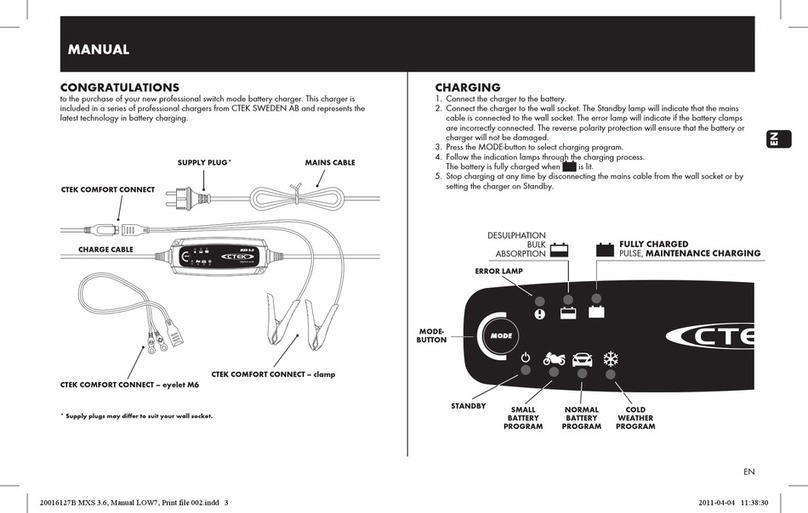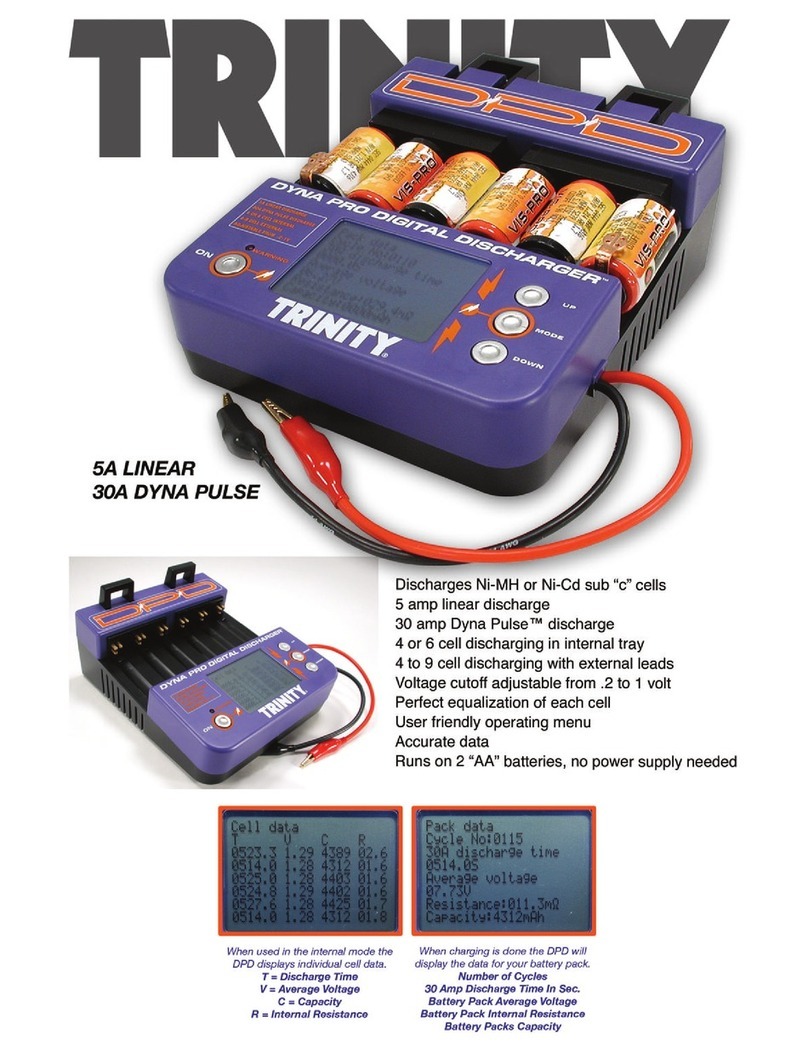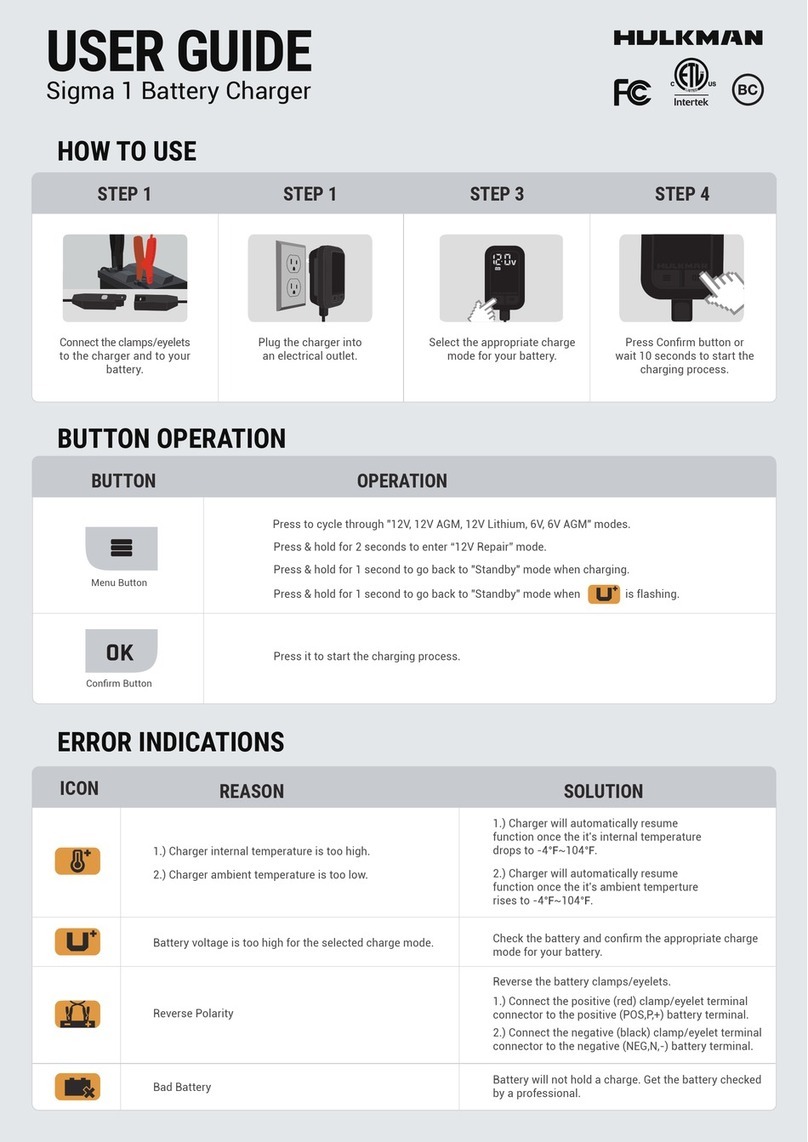
NOTE: All users must read this entire manual prior to operating
the TI150 Series Battery Charger/Conditioner.
The TI150 Battery Charger/Conditioner is a limited maintenance-free and sealed unit. No repairs are au-
thorized. Warranty will be voided if unit is tampered with in any way, or if unauthorized repairs are made.
For technical support please contact:
TESLA™ INDUSTRIES INCORPORATED
101 CENTERPOINT BLVD.
CENTERPOINT INDUSTRIAL PARK
NEW CASTLE, DELAWARE 19720
PHONE: (302) 324-8910
FAX: (302) 324-8912
WEBSITE: www.teslaind.com
EMAIL: tesla1@teslaind.com
Improper use or failure to follow instructions in this user manual can result in unit damage and/or injury or
death by electrical shock.
Any attempts to open or examine the inside of this unit via a tool or device (borescope, probe, etc.) can
result in unit failure and/or injury by electrical shock. This unit is maintenance free and should not be
opened or disassembled for any reason.
Always protect the unit from short circuit.
Shipping Hazards: NONE
No part of this manual may be reproduced or transmitted in any form or by any means, electronic or
mechanical, including photocopying, recording, or any information storage and retrieval system, without
prior written permission from Tesla™ Industries, Inc.
Copyright © 2014 by Tesla™ Industries, Incorporated. All rights reserved.
Shock Hazard Potential
CAUTION
06-05-14

